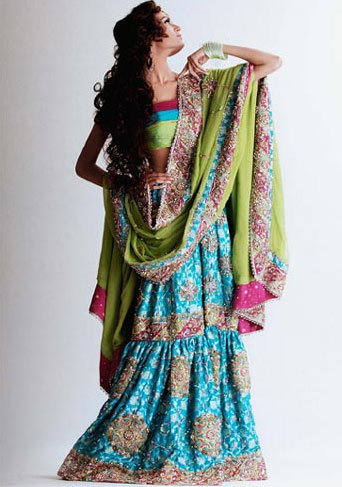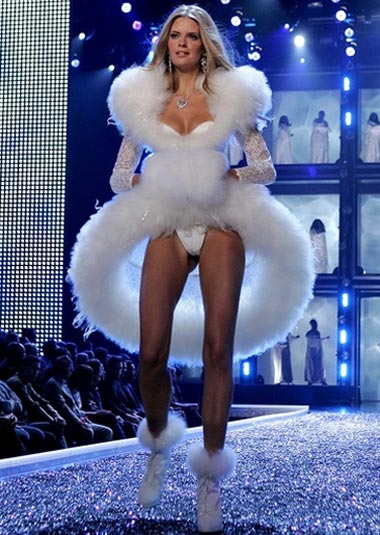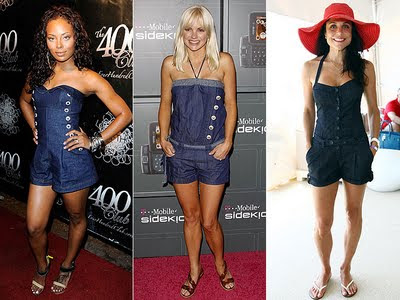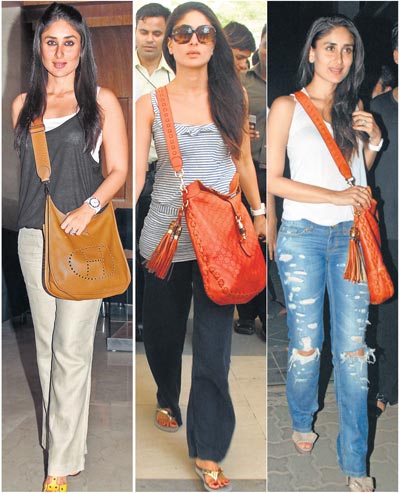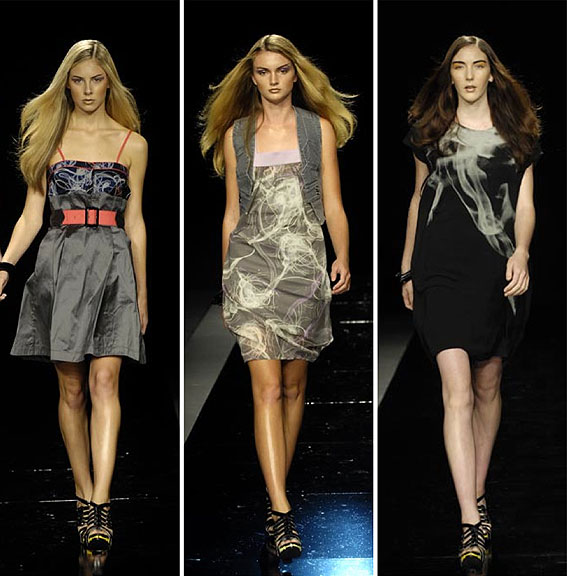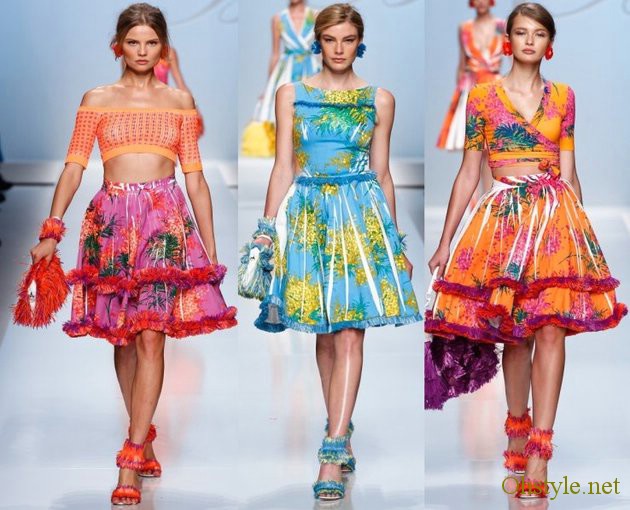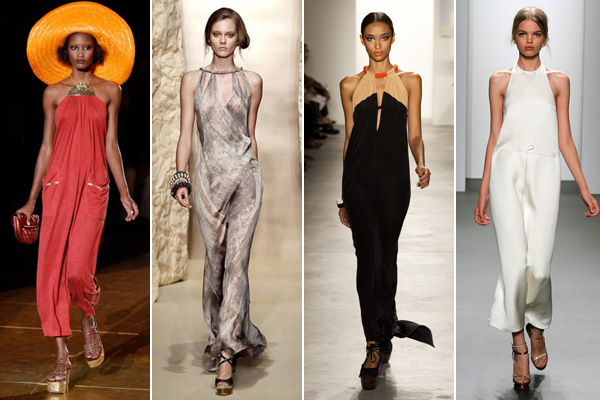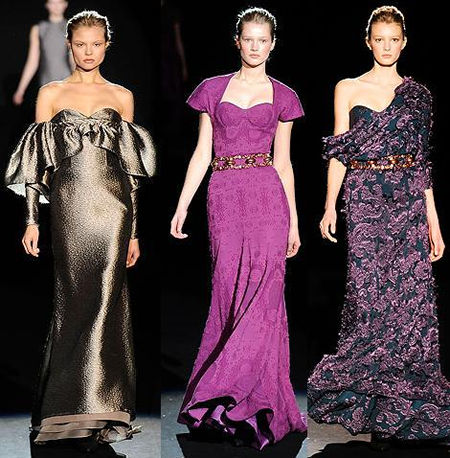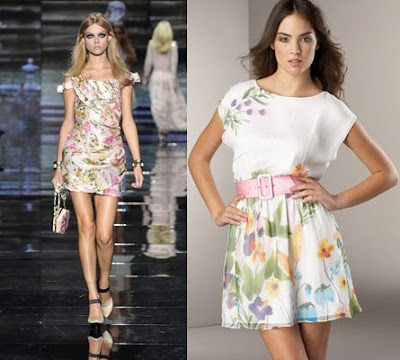 .
.Employment change. Employment of fashion designers is projected to grow 5 percent between 2006 and 2016, more slowly than the average for all occupations. Job growth will stem from a growing population demanding more clothing, footwear, and accessories. Demand is increasing for stylish clothing that is affordable, especially among middle income consumers. However, employment declines in cut and sew apparel manufacturing are projected to offset job increases among apparel wholesalers.
Job opportunities in cut and sew manufacturing will continue to decline as apparel is increasingly manufactured overseas. However, employment of fashion designers in this industry will not decline as fast as other occupations because firms are more likely to keep design work in-house.
Job prospects. Job competition is expected be keen as many designers are attracted to the creativity and glamour associated with the occupation. Relatively few job openings arise because of low job turnover and the small number of new openings created every year.
The best job opportunities will be in design firms that design mass market clothing sold in department stores and retail chain stores, such as apparel wholesale firms. Few employment opportunities are expected in design firms that cater to high-end department stores and specialty boutiques as demand for expensive, high-fashion design declines relative to other luxury goods and services.
Education and training. Bachelor’s of fine arts and associate degree programs in fashion design are offered at many colleges, universities, and private art and design schools. Some fashion designers also combine a fashion design degree with a business, marketing, or fashion merchandising degree, especially those who want to run their own business or retail store. Basic coursework includes color, textiles, sewing and tailoring, pattern making, fashion history, computer-aided design (CAD), and design of different types of clothing such as menswear or footwear. Coursework in human anatomy, mathematics, and psychology also is useful.
The National Association of Schools of Art and Design accredits approximately 250 postsecondary institutions with programs in art and design. Most of these schools award degrees in fashion design. Many schools do not allow formal entry into a program until a student has successfully completed basic art and design courses. Applicants usually have to submit sketches and other examples of their artistic ability.
Aspiring fashion designers can learn these necessary skills through internships with design or manufacturing firms. Some designers also gain valuable experience working in retail stores, as personal stylists, or as custom tailors. Such experience can help designers gain sales and marketing skills while learning what styles and fabrics look good on different people.
Designers also can gain exposure to potential employers by entering their designs in student or amateur contests. Because of the global nature of the fashion industry, experience in one of the international fashion centers, such as Milan or Paris, can be useful.
Other qualifications. Designers must have a strong sense of the esthetic—an eye for color and detail, a sense of balance and proportion, and an appreciation for beauty. Fashion designers also need excellent communication and problem-solving skills. Despite the advancement of computer-aided design, sketching ability remains an important advantage in fashion design. A good portfolio—a collection of a person’s best work—often is the deciding factor in getting a job.
In addition to creativity, fashion designers also need to have sewing and patternmaking skills, even if they do not perform these tasks themselves. Designers need to be able to understand these skills so they can give proper instruction in how the garment should be constructed. Fashion designers also need strong sales and presentation skills to persuade clients to purchase their designs. Good teamwork and communication skills also are necessary because increasingly the business requires constant contact with suppliers, manufacturers, and buyers around the world.
Advancement. Beginning fashion designers usually start out as pattern makers or sketching assistants for more experienced designers before advancing to higher level positions. Experienced designers may advance to chief designer, design department head, or another supervisory position. Some designers may start their own design company, or sell their designs in their own retail stores. A few of the most successful designers can work for high-fashion design houses that offer personalized design services to wealthy clients.








